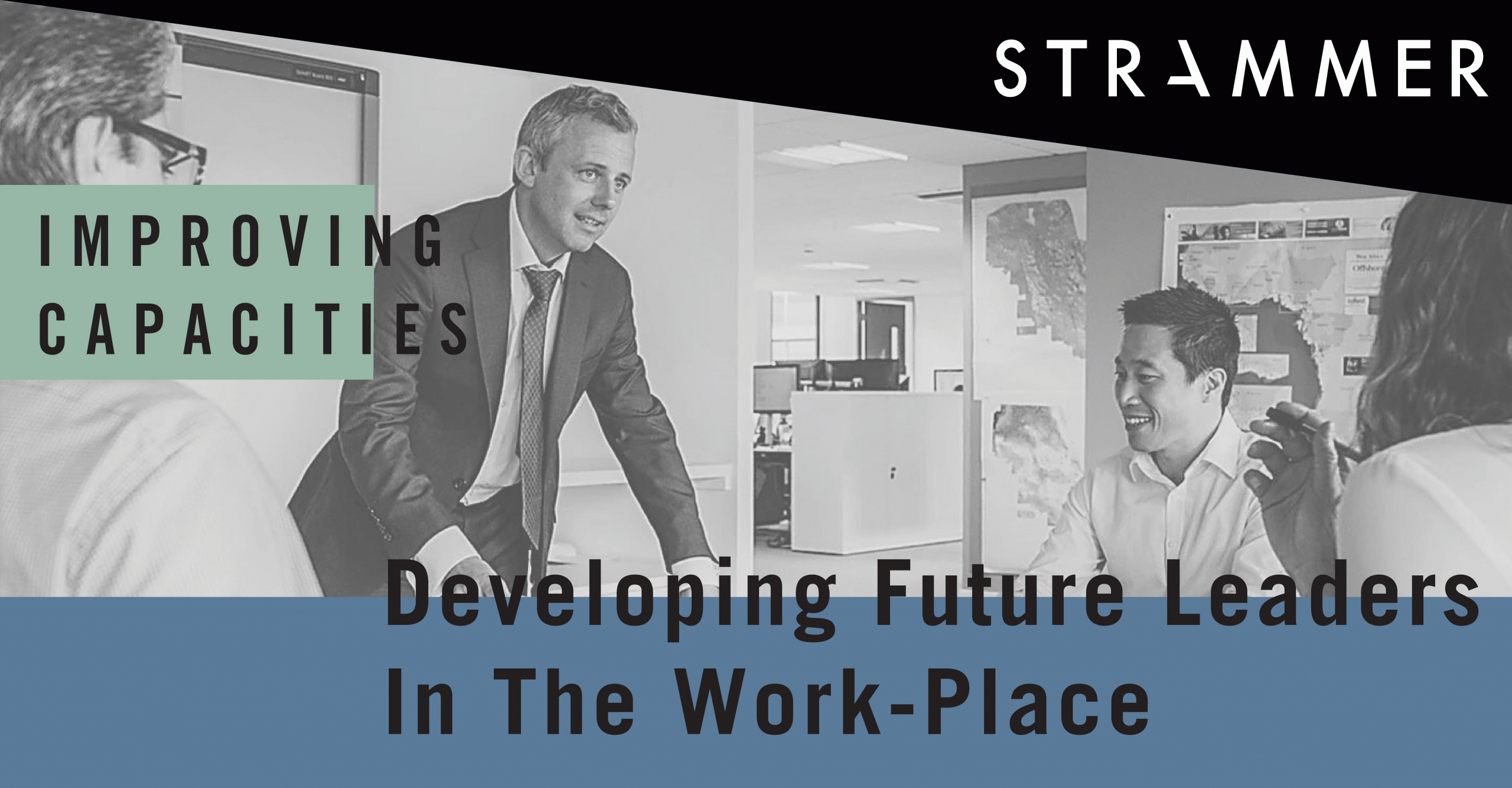Developing And Identifying Employee Potential
An effective leader is a product of the long-term correct combination of nature-nurture influences that shape their organizational efficiency. However, companies often get preoccupied with routine activities and neglect this integral part. Businesses who struggle to prepare successfully junior employees for prospective managerial position vacancies may face an unprecedented Human Resources plight in case of resignations, retirements or, other reasons. Therefore, it is essential to start the process of identifying and developing future leaders to improve leadership skills from the very beginning of an employee’s life cycle in a company.
According to the Pennington Performance Group, companies during recruitment had conventionally focused on aptitude (likeliness of carrying out the designated tasks properly), and attitude (chances of integrating with company culture). However, an additional touchstone can be added – altitude, which predicts the leadership potential of the recruit in the future. Subsequently, a study by Myers Briggs indicated that certain character-oriented traits, instead of advanced technological/skill expertise, would be the most important for effective and long-lasting output. It includes empathy, tolerance, responsibility, flexibility, creativity, leadership spirit, amicability, and impression management are the most common traits of successful leaders. Testing current and future employees on this scale can show the untapped potential of the staff. However, optimising the full human talent of the company requires effective coaching and training. There are several ways this can be done, for example, through mentorship programmes. This can be done through linking experienced managers (other than their direct leaders) with younger employees, so they can learn from the senior’s expertise without being under pressure regarding tasks and projects. This combined with High Potential Programmes such as training rotations, personalised professional development projects, skills assessment and other best practices can improve the abilities and inspire employees to aim for future leadership positions.
When it comes to internal mobility, peer reviews can also be a great way to in Identifying And Developing Future Leaders already present in the company who have skipped notice from the seniors. Since employees spend significantly more time with their teammates and direct juniors than senior decision-makers, they can be a great judge of auspicious performance. They can offer in-depth information about the character and work ethic of an employee. Similarly, self-evaluation tests can show which employees are eager to climb higher in the professional ladder, are self-aware, and committed to create an impact in the company.
References :
- 12 Ways to Identify the Future Leaders of Your Company Right Now, Feb 8, 2017, Inc.
- How to Identify Future Leaders, August 22, 2017, HRExecutive.





